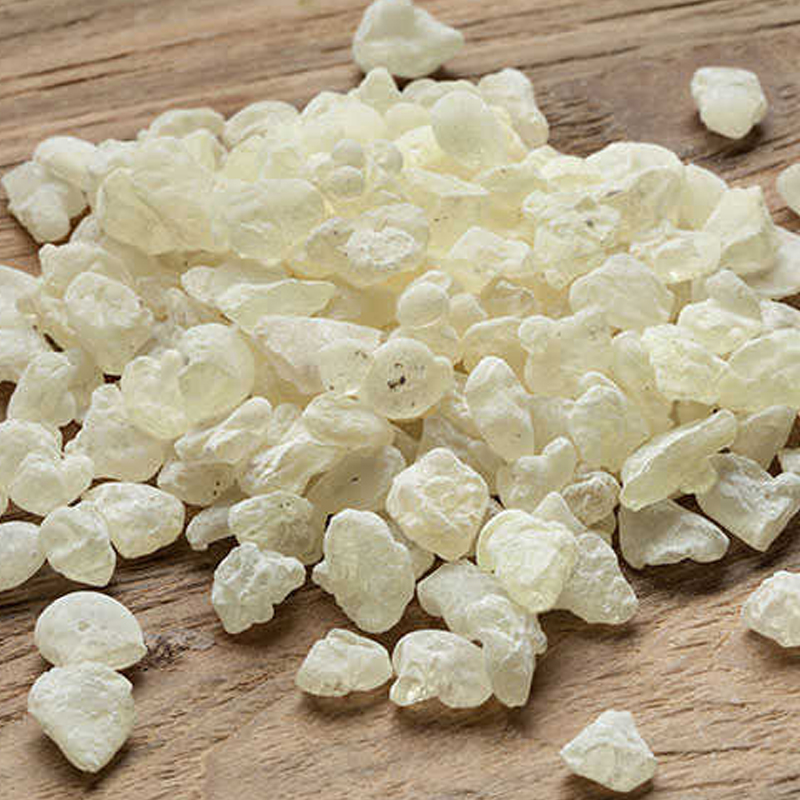
100 gr |
-- |
|
|---|---|---|
| Carbohydrate (gr) | 15.04 |
4928.47 |
| Protein (gr) | 3.59 |
1176.23 |
| Fat (gr) | 12.46 |
4083.43 |
| Fiber (gr) | 1.36 |
445.97 |
| Cholesterol (mg) | 14.64 |
4795.8 |
| Sodium (mg) | 325.27 |
106557.75 |
| Potassium (mg) | 392.16 |
128471.4 |
| Calcium (mg) | 78.15 |
25603.27 |
| Vitamin A (mg) | 46.04 |
15084.01 |
| Vitamin C (mg) | 6.16 |
2019.31 |
| Iron | 0.62 |
203.1 |
Mastic gum, also known simply as "mastic," is a unique and ancient natural resin harvested from the Pistacia lentiscus tree, primarily grown on the Greek island of Chios and in parts of the Mediterranean and Middle East. For centuries, this aromatic substance has been prized not only for its pleasant, slightly piney flavor but also for its potential health benefits and culinary versatility.
The calories in mastic gum are 8 calories per 100 grams.
Mastic has a distinctive, earthy aroma and a subtle, sweet taste with herbal undertones. Because of this fragrant profile, it’s commonly used to enhance the flavor of various desserts such as puddings, ice creams, Turkish delight (lokum), halva, and creamy pastries.
Before the invention of synthetic gums, people chewed mastic resin for its refreshing taste and oral health benefits. It naturally hardens into chewable pieces and has been used for millennia as a breath freshener and mouth cleanser.
Mastic is used in both sweet and savory dishes. In cooking, a small amount of mastic (usually ground with sugar or flour) can lend an exotic flavor to rice dishes, breads, and stews. It’s also a key ingredient in traditional Middle Eastern and Mediterranean recipes.
Historically, mastic gum has been used in natural medicine for its anti-inflammatory and antibacterial properties. Studies suggest it may aid digestion, help treat ulcers, and even support oral and gut health. Because it's natural and plant-based, mastic is sometimes included in herbal supplements.
In many cultures, especially in Greece, Turkey, Lebanon, and Iran, mastic is not just a food ingredient—it's part of the cultural heritage. From traditional sweets served on holidays to religious rituals, mastic holds symbolic and historical value.
Mastic gum is a remarkable gift from nature—a resin with a delightful aroma, versatile culinary uses, and a long-standing reputation in both food and natural medicine. Whether enjoyed as a natural chewing gum or used to infuse desserts with a unique taste, mastic remains a cherished ingredient in traditional and modern kitchens alike.